Hindu festval Varalakshmi Vratam
Varalakshmia Vratam
Varalakshmi Vratam is a sacred Hindu festival dedicated to Goddess Lakshmi, the goddess of wealth, prosperity, and well-being. It is usually observed on the Friday before Raksha Bandhan or Shravan Purnima and is mainly performed by married women for the health, happiness, and prosperity of their families. On this day, devotees wake up early, clean their homes, and decorate the puja space with flowers and rangoli. A kalasha, symbolizing Goddess Lakshmi, is worshipped with offerings, prayers, and rituals. The vrat reflects devotion, gratitude, and the divine blessings of the goddess, believed to bring peace, prosperity, and harmony into family life.
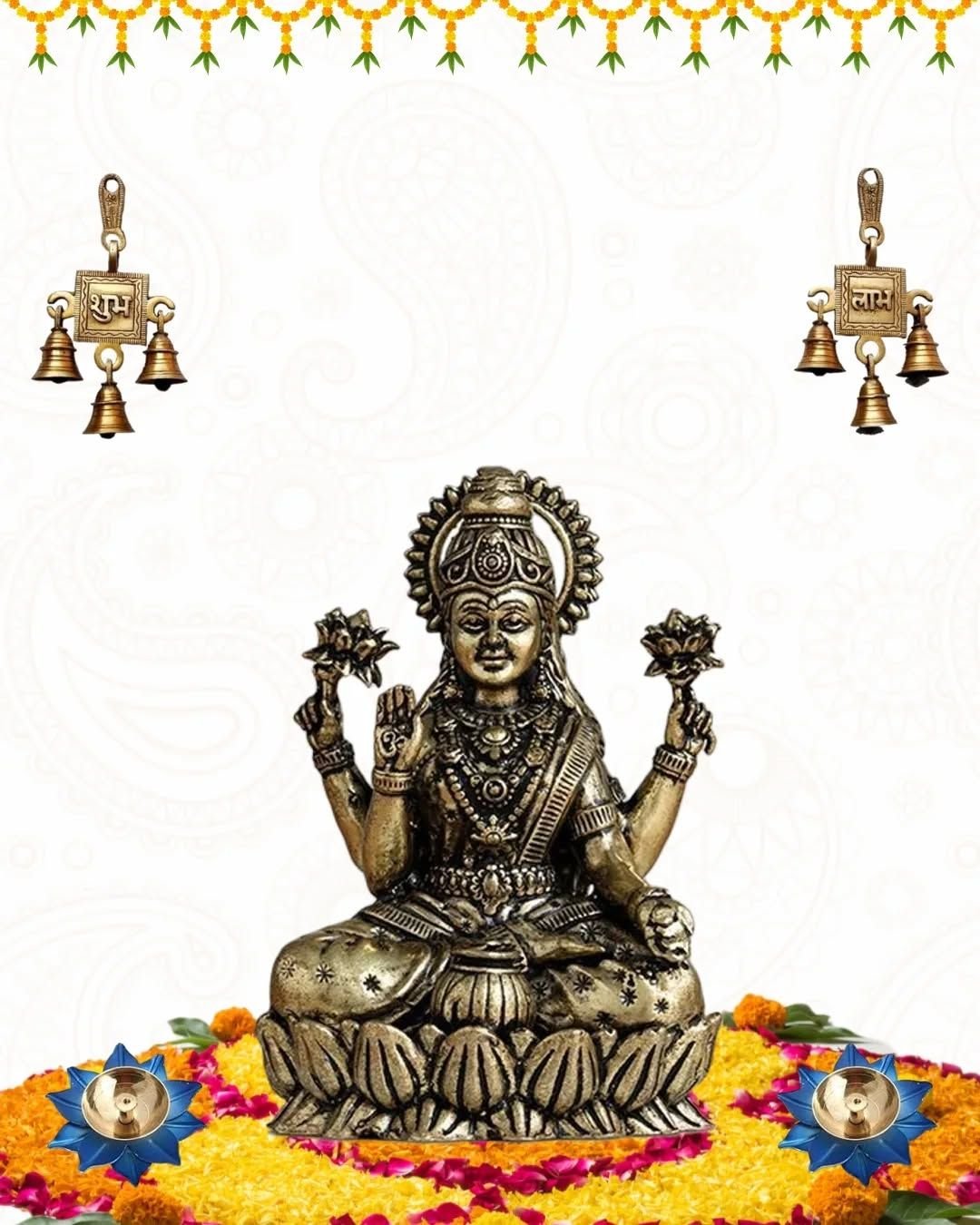

Varalakshmi Vratam is a Hindu festival dedicated to Goddess Lakshmi, observed by married women for family health, wealth, and prosperity. It involves kalasha puja, offerings, and prayers for divine blessings.

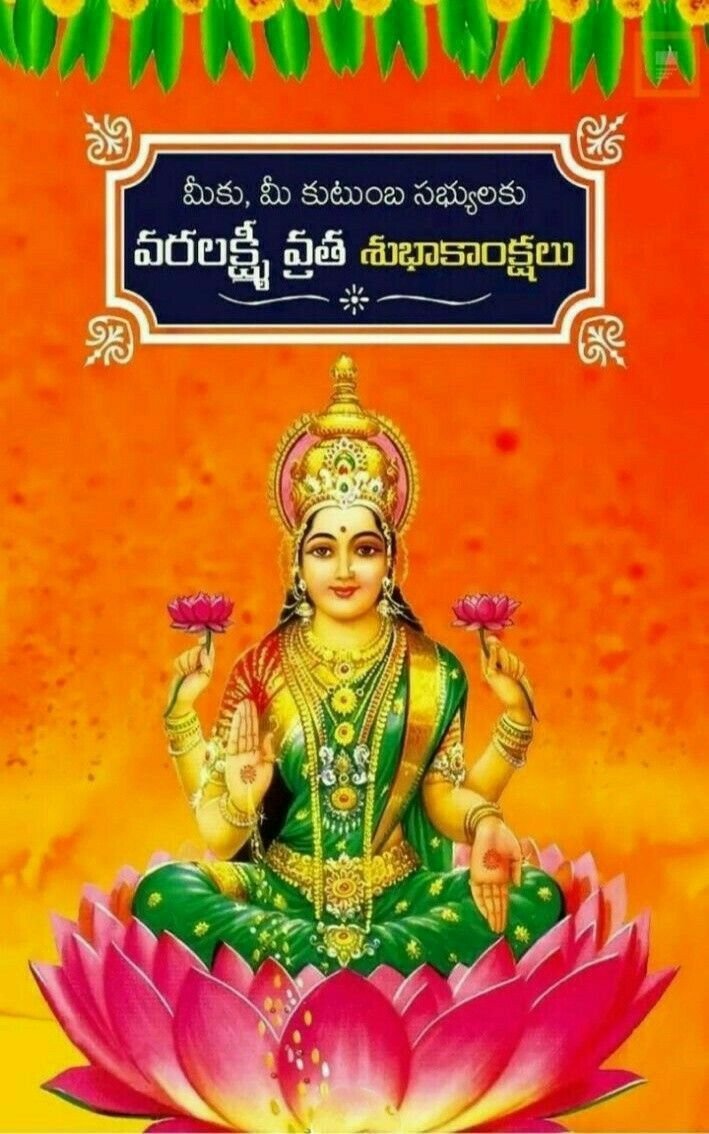

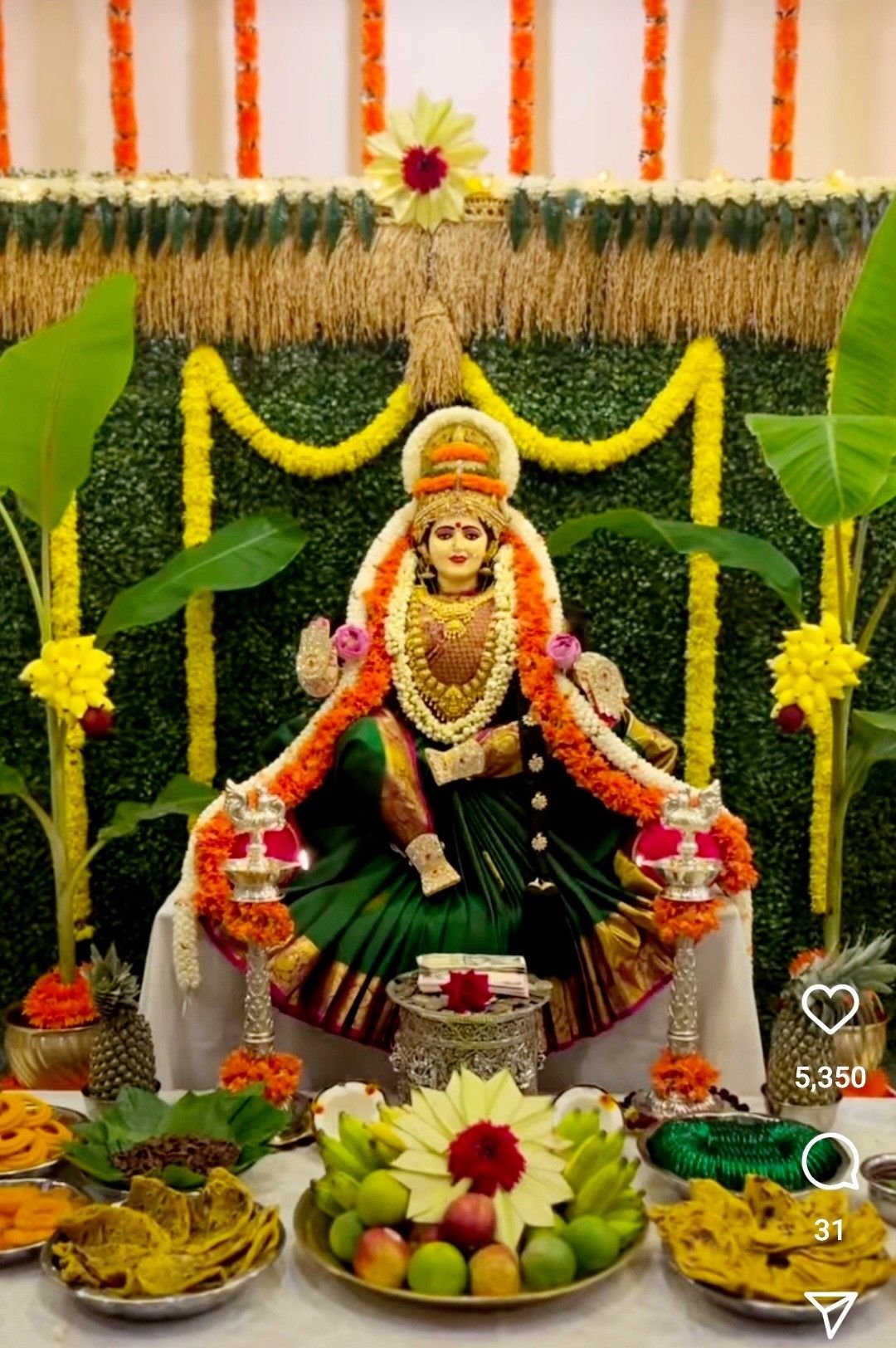


Rituals & Traditions of Varalakshmi Vratam
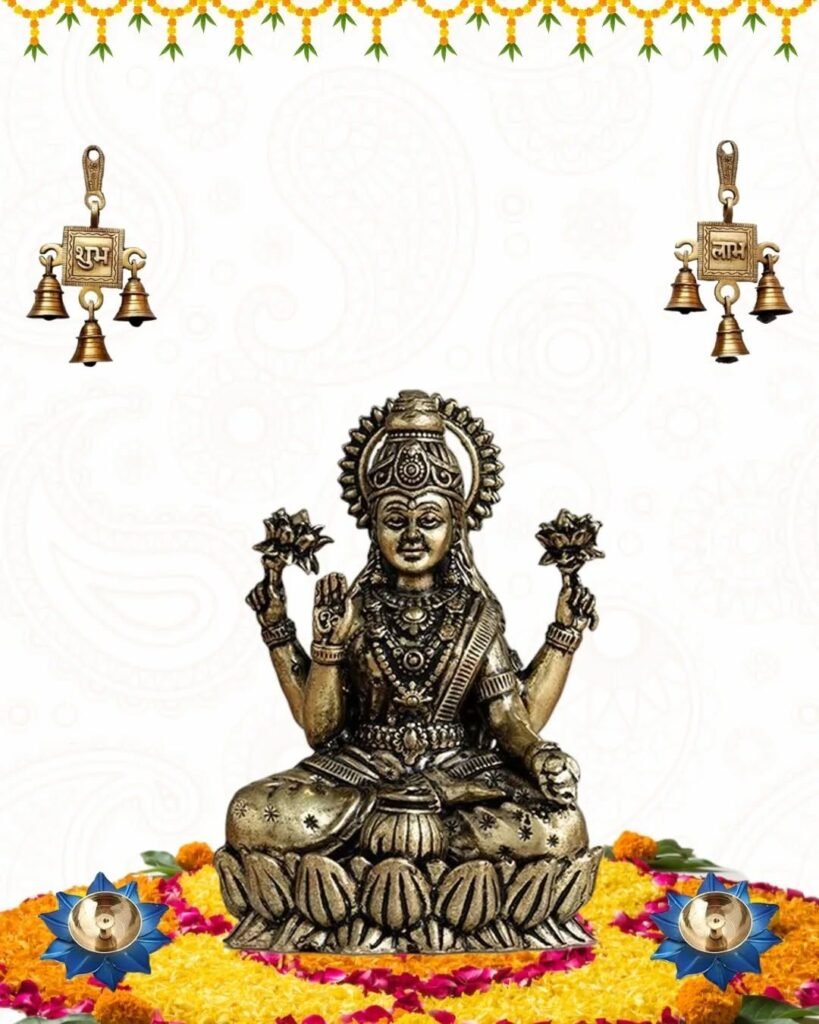
Varalakshmi Vratam is observed with devotion and follows a set of sacred rituals and traditions. The day begins with women waking up early, cleaning their homes, and decorating the entrance with rangoli (kolam) as a sign of auspiciousness. A kalasha (pot) filled with rice or water is placed on a banana leaf and adorned with mango leaves, turmeric, sandalwood, and a coconut. This kalasha symbolizes Goddess Lakshmi and is decorated with silk cloth, jewelry, and flowers.
Special puja is performed by offering fruits, sweets, betel leaves, turmeric, and vermilion to the goddess. Women chant Lakshmi mantras and sing devotional songs, invoking the eight forms of Lakshmi (Ashtalakshmi). Fasting is observed during the day, and prayers are offered for the prosperity, health, and well-being of the family.
One important tradition is tying a sacred thread on the wrist, believed to protect the devotee and bring blessings. In some regions, married women invite other women to their homes and exchange tamboolam (betel leaves, fruits, turmeric, bangles, and small gifts) as a gesture of goodwill and prosperity.
The rituals conclude with an aarti and distribution of prasadam among family and neighbors. These traditions reflect devotion, gratitude, and the cultural importance of family unity, prosperity, and the blessings of Goddess Lakshmi.
Spiritual Importance & Cultural Significance
Varalakshmi Vratam carries profound spiritual importance, as it is dedicated to Goddess Lakshmi, the bestower of wealth, health, and prosperity. Spiritually, the vrat is believed to remove obstacles, protect families from misfortune, and grant divine blessings for overall well-being. It symbolizes surrender, devotion, and faith in the divine, reminding devotees that true prosperity comes not only from material wealth but also from peace, harmony, and righteousness. By worshipping Ashtalakshmi—the eight forms of Lakshmi—devotees seek blessings in every aspect of life, including knowledge, strength, fertility, fame, and success.
The cultural significance of this vrat is equally strong, especially in South India, where it is observed with great enthusiasm in states like Tamil Nadu, Andhra Pradesh, Telangana, and Karnataka. It highlights the role of women as nurturers and protectors of family prosperity, with married women performing the vrat for the health and happiness of their households. Traditions like decorating the kalasha, preparing festive foods, inviting women for tamboolam exchange, and singing devotional songs reinforce social bonds and cultural values.
Thus, Varalakshmi Vratam serves as both a spiritual practice and a cultural celebration—uniting families, strengthening community ties, and reminding devotees of the eternal grace of Goddess Lakshmi in sustaining life with abundance and peace.
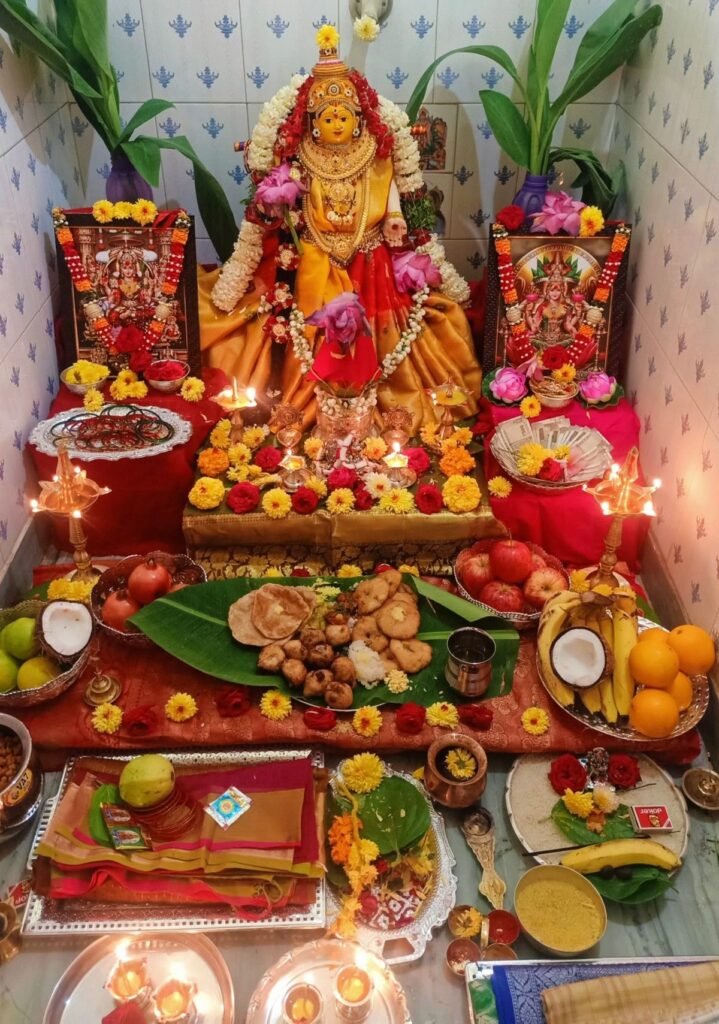

Food & Sweets & Modern Celebrations
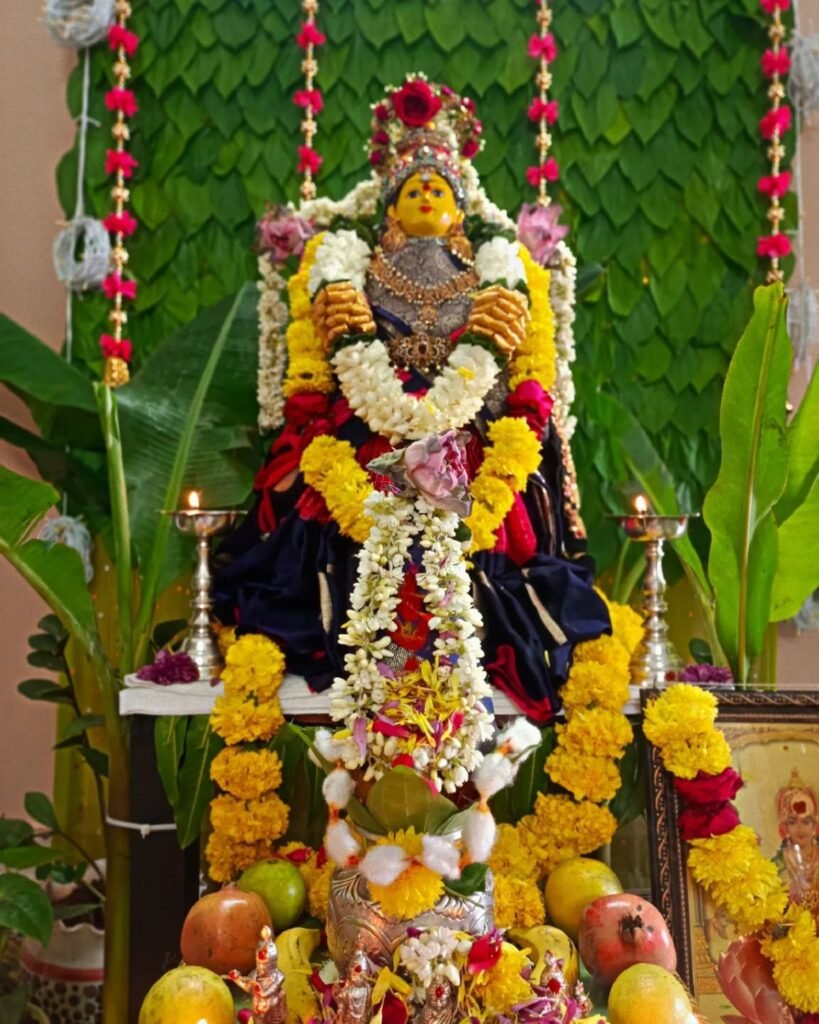
Food plays an important role in Varalakshmi Vratam, as devotees prepare a variety of traditional dishes and sweets to offer as naivedyam (sacred food) to Goddess Lakshmi. Popular items include pulihora (tamarind rice), lemon rice, curd rice, vada, idli, payasam (kheer), laddus, appam, bobbatlu/obattu (sweet flatbread), coconut ladoos, and pongal. Fresh fruits, betel leaves, coconut, and jaggery-based sweets are also part of the offerings. These dishes are prepared with purity and devotion, symbolizing gratitude for abundance.
After the puja, the prasadam is distributed among family, friends, and neighbors, strengthening the spirit of sharing and togetherness. Women also exchange tamboolam—a traditional gift packet consisting of betel leaves, turmeric, bangles, fruits, and sweets—as a token of prosperity and goodwill.
In modern celebrations, while the essence of devotion remains unchanged, the way the vrat is observed has adapted to contemporary lifestyles. Many families now perform the puja with ready-made kalasha decorations, printed rangolis, and simplified rituals for convenience. Communities and temples often organize collective Varalakshmi pujas, bringing women together in devotional gatherings. Digital platforms also allow people to join virtual pujas and share prayers online, making the festival accessible to those living away from their families.
Despite these changes, the core spirit of the vrat—seeking Goddess Lakshmi’s blessings for wealth, health, peace, and harmony—remains timeless. The blend of traditional rituals, festive foods, and modern practices makes Varalakshmi Vratam both spiritually uplifting and culturally vibrant.




















































